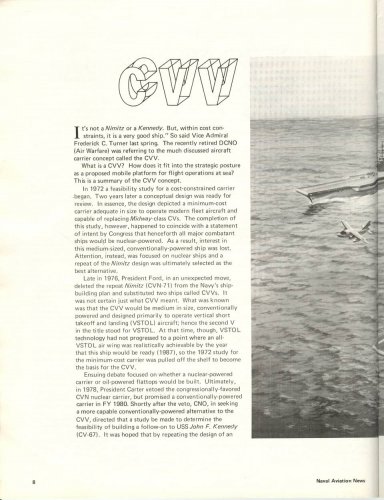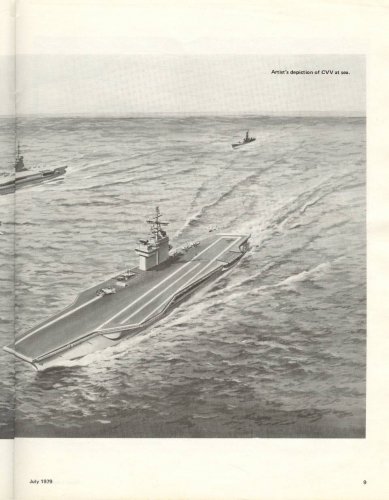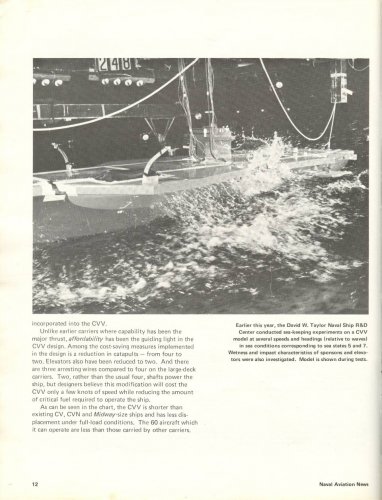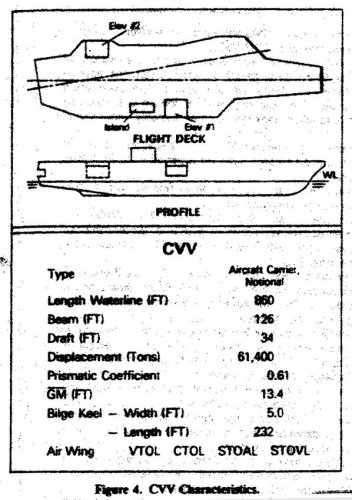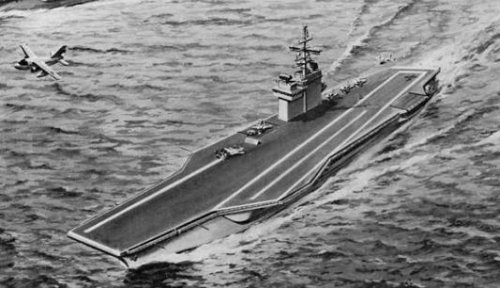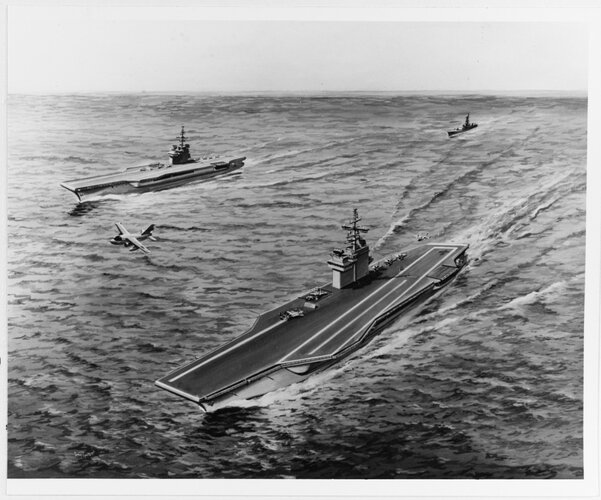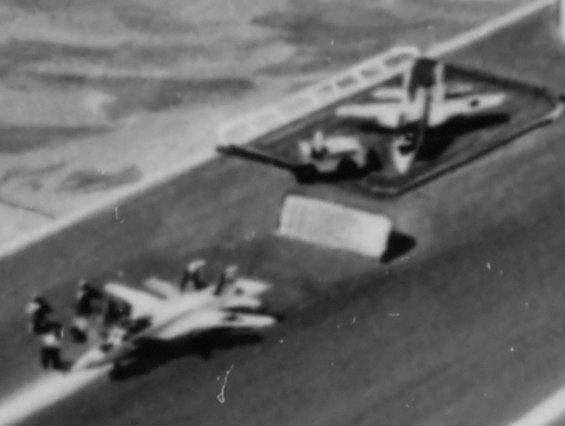Hi folks,
Does anyone have any information on the USN CVV concepts of the 1970s? Apart from some brief references in books, I have found the following information on the web:
"CVV was the major program, an outgrowth of Zumwalt's earlier T-CBL, proposed by Ford and championed by Carter. It would have been oil-fired and considerably smaller, with a much smaller air wing, than a repeat Nimitz. T-CBL was built to a cost ($550m in FY73 dollars) and so was not designed like ships are normally designed - starting with a threat analysis and a mission - but with a price-tag. So size, capability and to a lesser extent electronic sophistication had to be sacrificed. Also, uniquely, no air-group was specified. An air wing would have had to be hobbled together to suit the size of the ship, not any tactical mission. The number of aircraft quoted would run variously from 52 to 65 with no justification on how those numbers were reached. The design though seems to have been optimized for strike missions with the A-7 and would not have been a multi-role carrier like the Nimitz. At full load she would displace 58,897 tons, 44,500 tons light. There would have been 2 catapults and 2 elevators - a 50% reduction in capacity over a Nimitz. There were fewer ammunition elevators as well so the aircraft elevators would have to pull double-duty. The design was poorly balanced for air operations with fuel for 1.35 days of air operations but ordnance for 4.5 days in a strike configuration, a product of the ships design priorities. This discrepancy got worse if the ship was carrying fighters instead. Hangar deck height was a paltry 19 feet 6 inches. Half of the Kennedy's unreliable high-pressure plant was all that could be accomodated within the limited volume available. The ship could only make 27.8 knots clean with 26.2 knots sustained, well below the 30 knot minimum requirement. The machinery was considered vulnerable to side hits because of its densely packed nature given the limited available volume in the small hull. Defensive weapons would consist of 3 CIWS but no point defense missiles as on larger carriers."
Regards,
Greg
Does anyone have any information on the USN CVV concepts of the 1970s? Apart from some brief references in books, I have found the following information on the web:
"CVV was the major program, an outgrowth of Zumwalt's earlier T-CBL, proposed by Ford and championed by Carter. It would have been oil-fired and considerably smaller, with a much smaller air wing, than a repeat Nimitz. T-CBL was built to a cost ($550m in FY73 dollars) and so was not designed like ships are normally designed - starting with a threat analysis and a mission - but with a price-tag. So size, capability and to a lesser extent electronic sophistication had to be sacrificed. Also, uniquely, no air-group was specified. An air wing would have had to be hobbled together to suit the size of the ship, not any tactical mission. The number of aircraft quoted would run variously from 52 to 65 with no justification on how those numbers were reached. The design though seems to have been optimized for strike missions with the A-7 and would not have been a multi-role carrier like the Nimitz. At full load she would displace 58,897 tons, 44,500 tons light. There would have been 2 catapults and 2 elevators - a 50% reduction in capacity over a Nimitz. There were fewer ammunition elevators as well so the aircraft elevators would have to pull double-duty. The design was poorly balanced for air operations with fuel for 1.35 days of air operations but ordnance for 4.5 days in a strike configuration, a product of the ships design priorities. This discrepancy got worse if the ship was carrying fighters instead. Hangar deck height was a paltry 19 feet 6 inches. Half of the Kennedy's unreliable high-pressure plant was all that could be accomodated within the limited volume available. The ship could only make 27.8 knots clean with 26.2 knots sustained, well below the 30 knot minimum requirement. The machinery was considered vulnerable to side hits because of its densely packed nature given the limited available volume in the small hull. Defensive weapons would consist of 3 CIWS but no point defense missiles as on larger carriers."
Regards,
Greg


